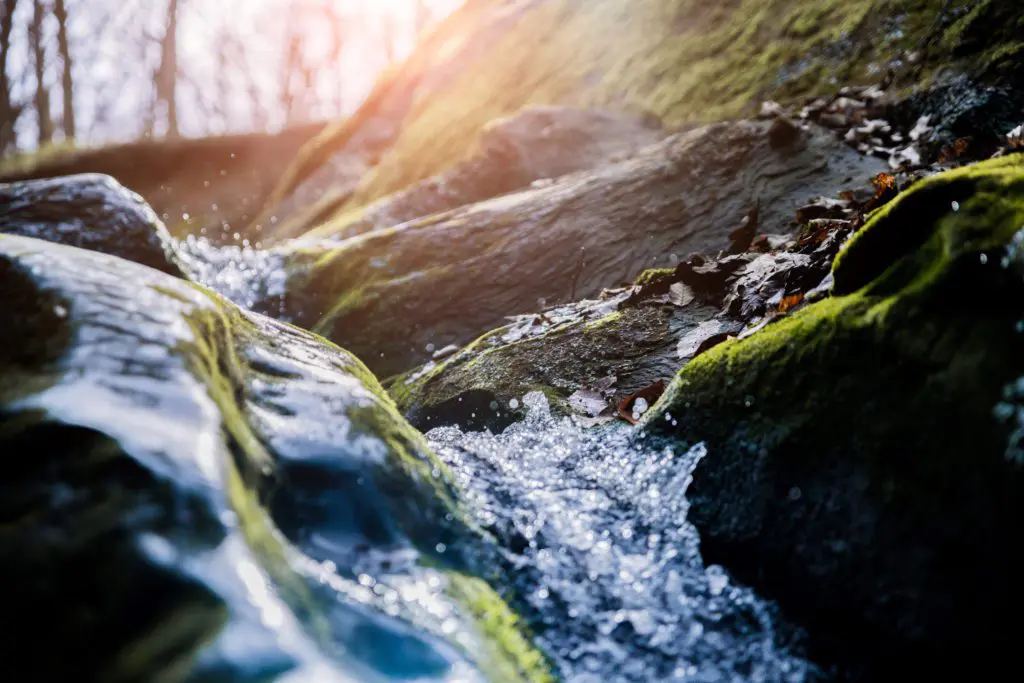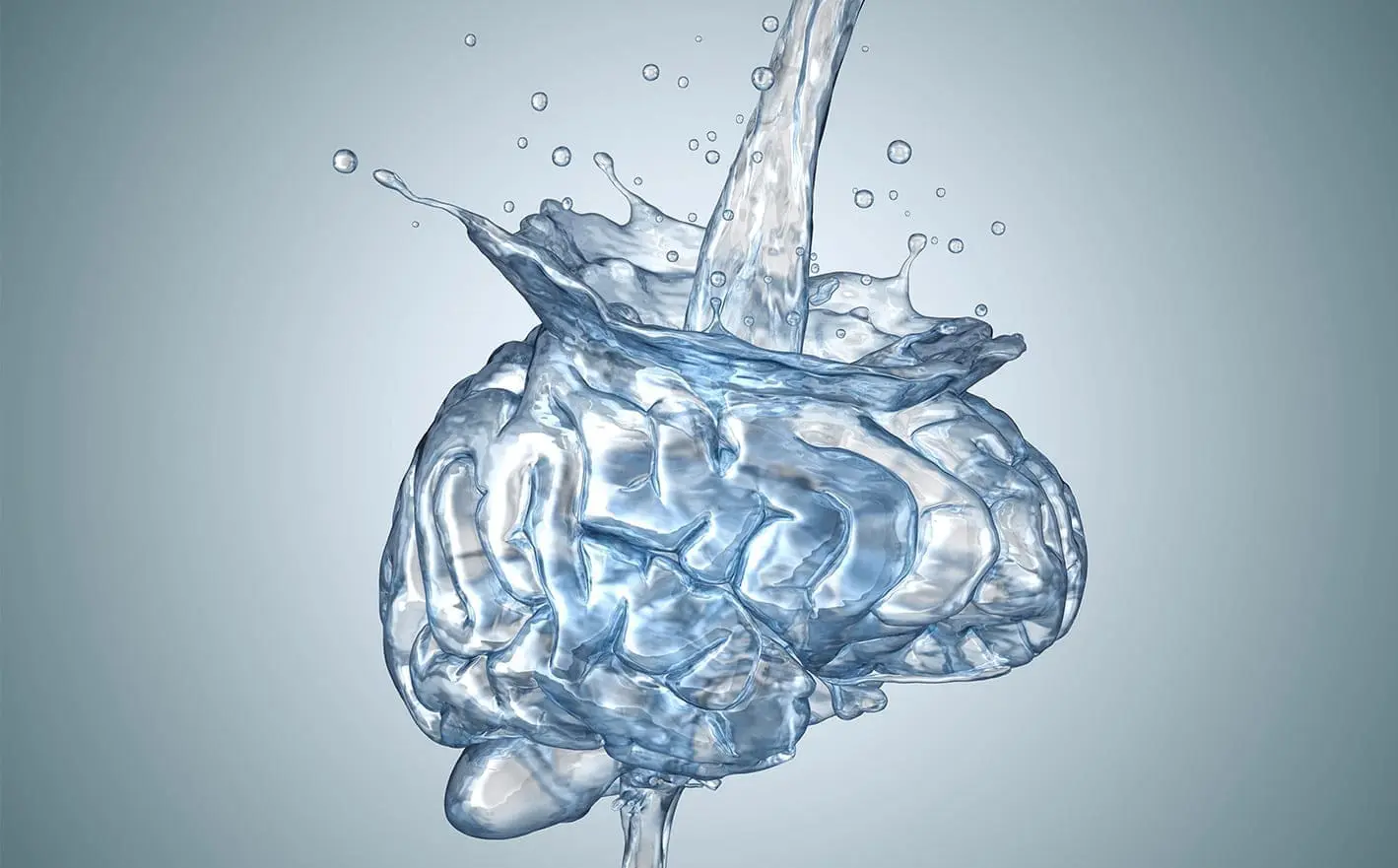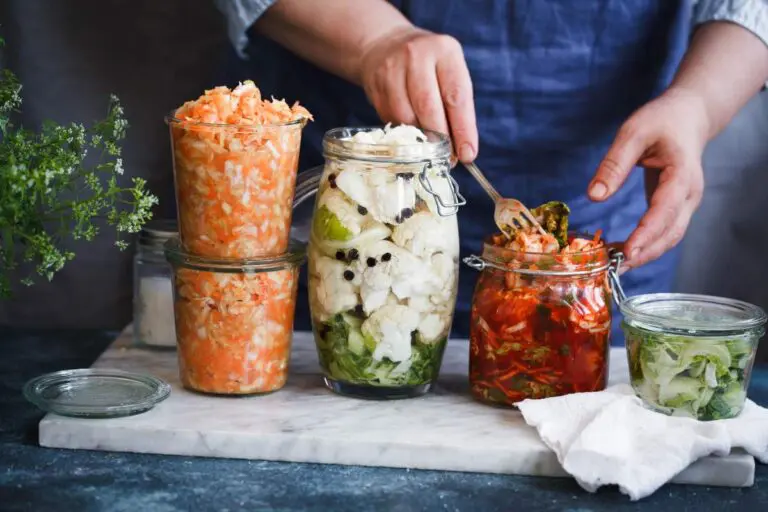How wet is your saliva? Is yours so alive and plentiful, you always feel hydrated in your mouth?
To examine these questions, let’s dive down into the hidden realm of naturally occurring surfactants, and how these relate to hydration and your overall health.
Does your saliva normally feel wet and clean? Or, has it been thickened, sticky, and not very wetting?
Did you know that this is an overall condition also reflected in a similar way in your blood? Which is to say, your blood’s condition overall can be sensed by the quality of your saliva.
We can discuss an example of a natural surfactant that can have a noticeable effect on your saliva in this way.
Increase the Slippage
Lemon juice and sodium bicarbonate (baking soda) “shots”, when consumed, cause your saliva to be immediately returned to its vital state. At the end of this article you can find a recipe for a lemon-bicarb shots, so you can easily try this for yourself.
This concoction has its effect due to its quality of being a surfactant. These shots can act quickly to correct the situation of dry mouth or thickened saliva.
You and I shouldn’t have to correct that as we are stable and have strong fitness. Yet, who really has this kind of fitness today with all of the toxic chemical pervasiveness, dead food diets, technological overwhelm, and other challenges?
Surfactants Mean Lower Surface Tension
Is your mouth more wet all of a sudden after you’ve done a lemon and baking soda shot? Do you notice your respiration quiet down after this lemon and bicarbonate is consumed?
Did you know that this combination has its effect because of a reduction of surface tension, and nutrients are brought in deeply to your cells when you drink a lemon bicarb shot?
This is what is known as a surfactant, a compound that lowers the surface tension between two substances.
Did you know that as you have natural surfactant present, this means you have blood borne inhibitors that can keep cardiovascular conditions at bay?
Can you remember that such nutrients assist your body block rapid oxidation from toxic fermentation (rotting)? Instead, these surfactants encourage healthy oxidative metabolism.
In Nature, Surfactants Abound
Did you know that most blood can be missing vital amphoteric (acting as either an acid or a base) and amphiphilic (both water and oil loving) surfactants? That’s because this is ordinarily produced inside your gut microbiome, which is like a garden of soil you are wrapped around.
This garden is where an array of surfactant is produced and passed on, so your blood, lymph, and digestive fluid can flow and have a wetting quality.
You also have enhanced absorbency, cell wall permeability, and permittivity. Otherwise fluids can have been poor in this department, because it was the missing factor, inside most all creature’s intestinal tract.
The garden you are wrapped around can actually create elements similar to what you get from taking a lemon bicarb shot.
Blood-borne inhibitors include natural surface tension reducing compounds that stop toxic mutations and degenerative processes from having occurred. Amphiphilic and amphoteric nutrients allow you to maintain vital blood that remains with its proper surface exchange.
This means that the maximal wetting is incurred, and you have a penetrating ability of your blood to pass through every little micro-niche in your body. In this way, you supply energy for proper cell electronics.
You can take a closer look at the influence of surface tension on fluid dynamics, from a scientific perspective, by checking out this short article from the US Geological Survey.

Bubbling up from a high mountain spring, life giving water has properties similar to what is meant to be for our own blood. When you have molecules present in a fluid with the ability to smoothly bond to both a water based and an oil based compound, this is a surface-tension reducing agent – a.k.a. surfactant.
Such surfactants can lower surface tension in your blood so that it behaves more as a solvent. This is to be able to transport nutrients effectively to cells, and also remove cell waste entered via the Venous Carva.
These surfactants, of which lemon and baking soda is only one example, can thin and also thicken where necessary.
Natural Surfactants Display Adaptogenic Intelligence
An adoptogenic intelligence means the ability to modulate your body’s response according to what is needed.
Naturally occurring soil-borne probiotics have an enormous array of surfactant present. Another example of a natural surfactant can be found in benzene aromatic rings that are present in oxygenated dibenzo-a-pyrene molecules.
Shilajit is perhaps the richest naturally occurring source of such compounds. Those dibenzo-a-pyrene molecules are a power factory of magnetics and electricity, completely unique in all of nature. Wild edible herbs have also been noted to contain a vast array of enzymes that display powerful surfactant enhancement of your blood.
CHOQ’s Shilajit, as well as CHOQ Daily and nearly all of CHOQ’s various other formulas, have surfactants present due to the high concentrations of wild herbs, whose vital force has been left intact. Surfactants are also found in soil borne sources of probiotic organisms, and in various niches of natural ecosystems.
All of these assist your body as surfactants, by assisting you restore your blood vitality.
Try out the recipe below to make your own lemon-bicarbonate shots at home, and be sure to leave us your feedback on the difference you felt from having such a refreshing beverage!

Citrus Blend for Lemon-Baking Soda “Shots”
- Juice of Six Lemons
- Juice of One Lime
- Six to Eight Tablespoons of Honey, Maple, Cane Sugar, or Sweetener of Choice
- One Tablespoon of citric acid (optional but beneficial)
- Water equal to the volume of the combined above ingredients
Mix all of the above ingredients in a pitcher until fully combined. Add ice.
In a glass or tumbler, pour a small amount (about one inch worth) of this beverage. Make sure to leave ice out of your glass.
Now, take about one-third teaspoon (1/3) of baking soda and pop into into the glass. Quickly swirl the contents around until the drink is very bubbling, and shoot it straight down while at max foam. Belch as necessary.






